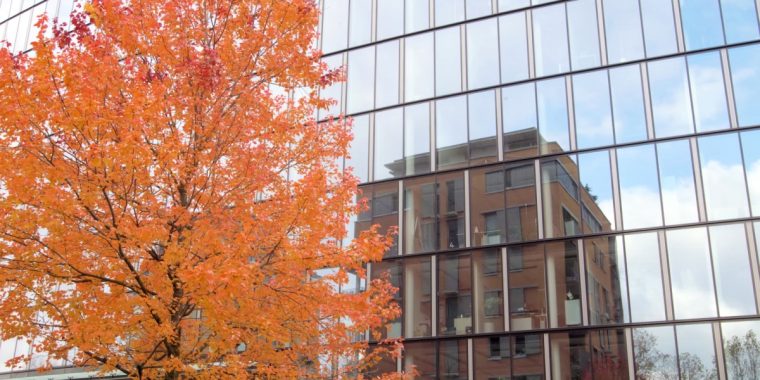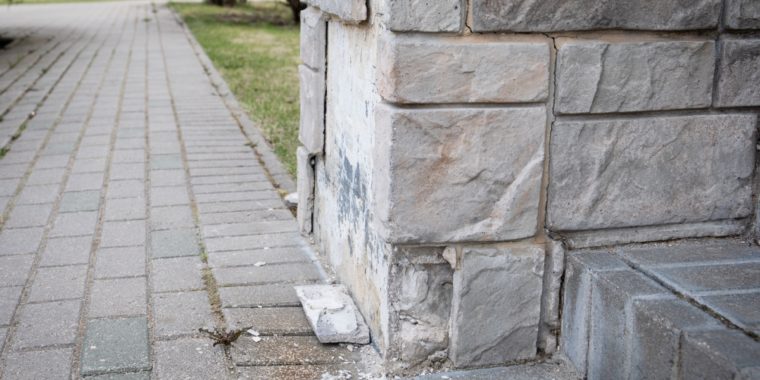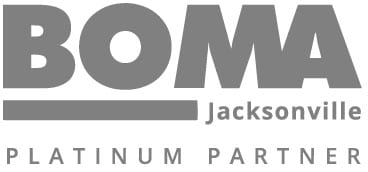Ensuring your building remains in top condition throughout the year requires a strategic approach to maintenance. Seasonal maintenance helps you prepare your property for the next season while removing remnants of the previous season. This article will help you plan and budget for effective seasonal maintenance, ensuring your property remains safe, efficient, and aesthetically pleasing all year round.
Getting the Most out of Seasonal Maintenance
Seasons bring both challenges and opportunities. For example, it’s advantageous for a university or school to do all significant projects during the summer while most students are off campus. Planning for seasonal maintenance helps to avoid operational disruptions for occupants and workers. Budgeting for seasonal maintenance ensures your building’s safety, functionality, and aesthetic appeal. With the right strategy, you can successfully address the needs of each season to keep your property in prime condition and avoid the pitfalls of deferred maintenance.
Spring Maintenance Tasks
Spring is critical for building maintenance as it addresses winter damage and prepares the building for summer heat. It’s also one of the most active seasons for property maintenance activities, such as performing inspections and building assessments. For this reason, property managers should begin planning in early winter to secure services and negotiate contracts.
Key Focus Areas for Spring Maintenance
- Implement a spring cleaning regimen to enhance the building’s appearance.
- Pressure wash walkways to wash away salt or residue from winter or heavy pollen buildup.
- Ensure the building envelope is ready to stand up to spring and summer showers.
- Evaluate property to ensure safety and compliance.
Budgeting Tips for Spring
- Allocate funds based on need from the building condition report to help address issues while they are small and manageable.
- Plan for 2-4 window washing sessions throughout the year to maintain a clean and professional appearance.
Summer Maintenance Tasks
Summer is the peak season for building restoration, maintenance projects, and hurricanes. In most cases, the weather cooperates, but resources are in high demand. While it’s an ideal time for schools that are out of session, it’s in the best interest of vacation properties and stadiums to schedule around this busy season to avoid impacting customers.
Key Focus Areas for Summer Maintenance
- Protect your building from moisture damage by applying sealants and protective coatings.
- Remove stains and inspect window seals to ensure aesthetic appeal and energy efficiency.
- Clean, seal, and repair parking garage surfaces.
- Clean and inspect property and building facade.
Budgeting Tips for Summer
- Schedule exterior facade cleaning to remove any pollen or pest remnants from the spring.
- Plan for next year’s property budget, typically due at the end of August.
- Identify and plan for anticipated non-routine maintenance needs.
Fall Maintenance Tasks
Autumn is your chance to take advantage of the few remaining months of nice weather to prepare your building for the winter. It’s also an ideal time to review your maintenance budget to ensure it’s spent and spent wisely.
Key Focus Areas for Fall
- Clearing leaves from sidewalks quickly reduces the chances of staining, mold and mildew buildup, and slip hazards.
- Repair cracking and spalling concrete before winter to avoid water penetration, expansion, and further damage.
- Conduct fall protection inspections to mitigate fall hazards and ensure compliance and safety.
Budgeting Tips for Fall
- Schedule a rooftop assessment to evaluate your compliance status and assist with budgeting.
- Include costs for sealant replacement to prevent water infiltration during winter.
- If you don’t use your end-year budget, you may lose it. Identify small projects to improve your property and use the remaining budget dollars or risk seeing it cut the following year.
Winter Maintenance Tasks
Winter is a great time for interior maintenance and evaluating your budget to plan for next year. As the holidays approach, you can prep your property for events and decorations with additional window cleaning.
Key Focus Areas for Winter
- Interior maintenance such as high-dusting and handrail repair and replacement.
- Last chance to allocate your remaining budget dollars
- Snow and ice removal
- Decorating for holidays
Budgeting Tips for Winter Maintenance
- Assess budget performance, OSHA compliance, and building maintenance, repair, and cleaning needs.
- Secure service contracts for the following year to stay on your maintenance schedule.
Year-round Maintenance Services from Valcourt
Tending to your building’s needs requires a vigilant approach to year-round preventative maintenance. At Valcourt, our teams provide a wide array of building services to help you stay ahead of avoidable and often costly repair projects.
Here are some of our seasonal maintenance services and tools, along with the best time to carry them out:
Annually:
- Rooftop Anchor Inspections (to ensure compliance and safety)
Year Round:
- Window Cleaning
- Inspect Building Conditions
- Exterior Metal Cleaning
- Parking Garage Restoration
- Assess Building Facade
Spring and Summer:
Spring, Summer, & Fall:
- Glass Restoration or Deep Cleaning
- Waterproofing Services
- Caulking and Sealant Replacement
- Concrete Repair and Restoration
- Assess Fall Hazard Protection
Proper planning and execution of seasonal maintenance ensures you spend your budget effectively. This approach helps address problems while they are small and manageable, prevents liability issues, and upholds your property’s value.
Partnering with Valcourt for Expert Seasonal Maintenance Planning & Solutions
Cleaning up what the last season left behind and preparing for what the next season may bring delivers the most cost-effective and proactive approach to protecting your investment.
Valcourt’s wide array of building services helps you take advantage of what each season offers and provides you with the best opportunity for year-round property care. Contact us today so we can partner with you to deliver you peace of mind and safety while maximizing your annual building and property budget.










